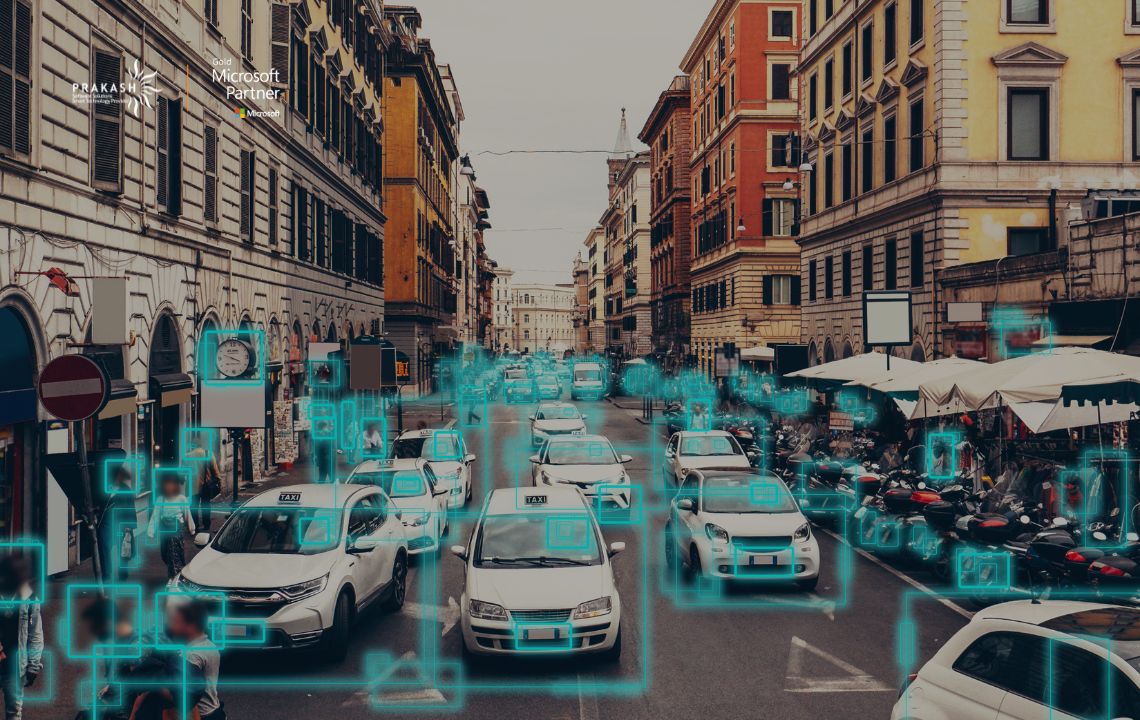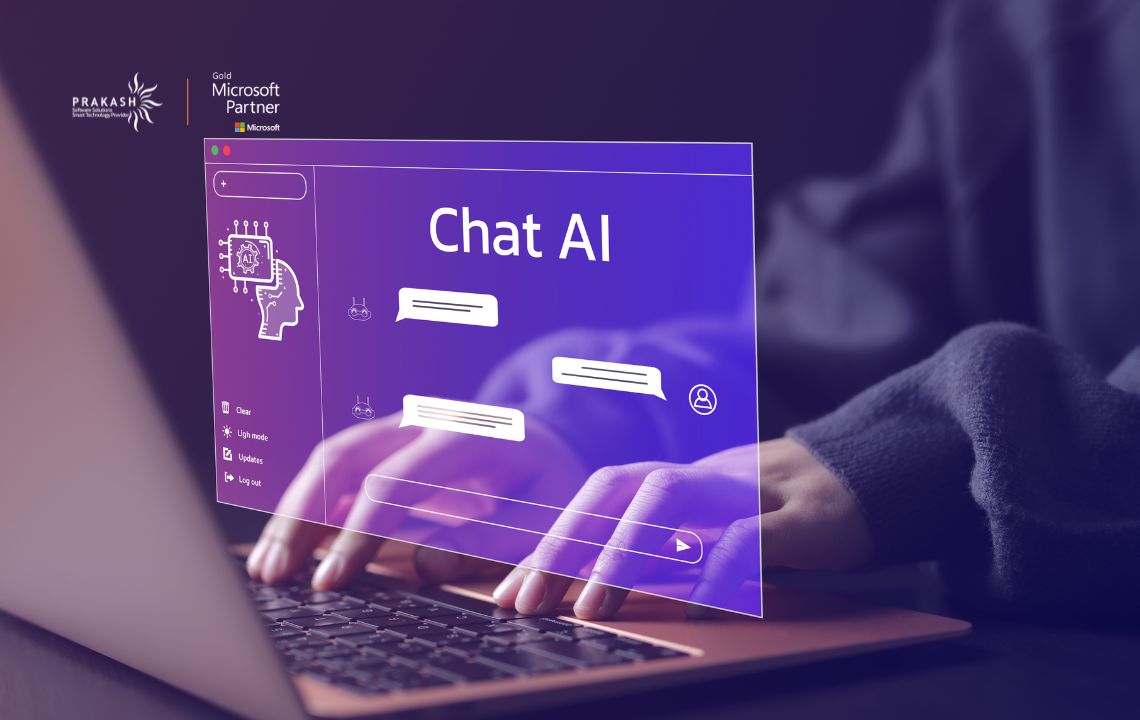
How to Build an AI App: Key Steps, Essential Features, and Cost Breakdown?
The AI app market is expected to earn $18.8 billion by 2028, up from $1.8 billion in 2023, according to Business of Apps. Approximately 230 million people utilized AI apps in June 2024, demonstrating the widespread adoption of these apps and their profound impact on both personal and professional facets of our life.
Developing an AI app requires a number of calculated stages, careful feature selection, and knowledge of development expenses. Whether you’re handling the project internally or collaborating with an AI app development company, this detailed guide will help you through the process.
Let us first understand:
What Are the Components of AI?
Learning
Learning in AI is very different from learning in humans. Artificial Intelligence (AI) learning entails problem solving via trial and error, with successful solutions being saved in a database for later use.
This kind of learning, called rote learning, is learning certain things by heart, such language and solutions to problems. With generalization approaches, AI can eventually apply these learnt answers to new challenges.
Reasoning
Though it was formerly thought to be a skill exclusive to humans, reasoning is now a vital component of AI. AI systems make deductions based on the situation at hand by using reasoning.
These judgments can be either inductive—generalizations based on particular observations—or deductive—specific conclusions drawn from general principles.
Deductive reasoning, for instance, can be used by AI to ensure that problems are solved, but inductive reasoning aids AI in comprehending patterns from particular circumstances, such as repeated instrument failures that result in accidents.
Problem-Solving
AI is capable of addressing problems by figuring out how to solve unknown numbers or difficulties. It uses a variety of strategies, such as general-purpose and specialized approaches.
While general-purpose procedures can handle a wider range of challenges, special-purpose methods use aspects pertinent to the problem setting to address specific problems.
Typically, AI problem-solving entails making incremental progress to close the gap between objectives and present states.
Perception
AI perception enables computers to use a variety of sensory inputs to assess and comprehend their surroundings.
AI can now analyze scenes and comprehend object relationships even in cases where things appear differently depending on the viewing angle thanks to this capacity.
For example, AI perception is used by self-driving automobiles to recognize and navigate things.
Language Understanding
A key component of artificial intelligence (AI) that lets computers comprehend and process human languages is language understanding.
AI systems can efficiently interpret and interact with various computer programs and human instructions because they are built to understand and respond to natural language, such as English.
AI is capable of handling a variety of communication formats because of its capacity to interpret linguistic nuances and meaning.
What is an AI application?
Artificial intelligence (AI) is the process of giving machines human intelligence so they can think and learn like people.
Developing software to carry out operations that usually call for human intelligence is known as building an AI application.
Reasoning, experience-based learning, language comprehension, pattern recognition, and decision-making are some examples of these tasks.
To produce AI software, developers employ a variety of technologies, including:
- Machine Learning (ML): This technique enables algorithms to learn from data and provide judgments or predictions without requiring task-specific programming.
- Deep Learning: Processes vast volumes of unstructured data, including audio and images, by using neural networks.
- Expert Systems: Process preprogrammed knowledge to simulate the decision-making process of a human expert in particular disciplines.
- Robotics: the application of artificial intelligence to physical machines to allow robots to carry out semi-autonomous or autonomous tasks.
- Natural Language Processing (NLP): Facilitates natural interactions between humans and computers by enabling machines to comprehend and produce human language.
- Genetic algorithms: They follow the pattern of natural evolution to tackle intricate issues by gradually refining solutions according to the ‘fitness’ of the results.
The Crucial Stages in the Development of an AI App
PSSPL follows the following general procedure, while other organizations may approach AI app development differently depending on their resources and expertise:
(1) Identify the Issue
Setting specific goals and having a clear understanding of the problem you want to tackle are the first steps in designing an AI application. The project is guided by this foundational phase, which makes it essential.
Start by determining which problems require an AI solution. Pose queries such as “What particular problem are we addressing?” and “How can AI help solve or improve this problem?” For the AI system, set quantifiable, explicit goals in order to guarantee a targeted and efficient development process.
(2) Gather and Prepare Information
For AI models to work well, they require relevant, high-quality data.
To create a successful AI application, proper data preparation and gathering are necessary. This is an example of a typical AI development pipeline for data preparation:
- Identify and Collect Data: Compile information from multiple sources that are pertinent to your issue, including public datasets, internal databases, and data from sensors and surveys.
- Clear the Data: Your AI model’s performance is directly impacted by fixing errors, eliminating duplication, and filling in missing values, so make sure your data is of high quality.
- Prepare the Data: To improve model training, standardize or normalize the data and take into account data augmentation. To expedite the process and adhere to best practices catered to the particular requirements of your data, make use of the relevant tools and libraries.
(3) App Development
Select the Appropriate Tool and Model – Whether you should create a custom AI model or employ a pre-trained, cloud-based AI/ML model via an API will depend on the specifics of your project. Below is a quick synopsis of each choice:
Development of Personalized AI Applications – This method works well for tasks that call for particular model architectures or when you want to build your own models and train them on your own data. It works well in scenarios when you require precise control over the whole development process, including training, assessment, design, and data processing.
A solid grasp of data science, machine learning algorithms, and perhaps deep learning is necessary for custom AI creation.
AI Model Use Cases
- BERT: Suitable for sentiment analysis, word classification, and named entity recognition, BERT provides rich contextual awareness and works well for processing and interpreting linguistic subtleties.
- T5: A flexible model that may be applied to a wide range of natural language processing activities by converting tasks into a text-to-text format. It is utilized for question answering, translation, and text summarization.
- GPT-3.5: Well-known for its sophisticated language skills, GPT-3.5 is an expert at content creation, assisting with coding, and handling challenging text-based jobs.
- Mistral: Enhances text processing performance greatly by specializing in document comprehension and summarization.
- PaLM: Designed for complete language understanding and application, PaLM is effective for complicated task reasoning, coding, text and word classification, and question answering.
- XLM: Because of its strong multilingual capabilities, XLM is the best choice for applications that need to comprehend and process many languages.
- XLNet: Designed with sentiment analysis, question answering, and natural language comprehension in mind, XLNet uses an autoregressive methodology to produce predictions that are more accurate.
- Turing NLG: Developed for conversational AI applications and chatbot creation, Turing NLG produces lively and natural conversations for interactive user experiences.
- Phi: Python coding expert and small and effective, Phi is a useful option for programming-related jobs.
- Alpaca: Provides flexibility and performance in a variety of applications, excels in text generation, question answering, summarization, and other NLP activities.
- Bloom: An adaptable model for a range of NLP requirements, Bloom excels at text production, question answering, and creating embeddings for a variety of applications.
- Vicuna: An effective tool for generating text, providing answers, and condensing information, Vicuna facilitates a variety of natural language processing activities.
- InstructGPT: With a focus on task-based instructions and user intent prediction, InstructGPT aims to enhance user interactions and increase the responsiveness of AI systems to human demands.
- RoBERTa: Improves text creation by identifying contextual subtleties and long-range dependencies, which makes it useful for producing content that is both coherent and pertinent to the context.
(4) Choose the Right Tech Stack
Choosing the appropriate technology stack is essential when creating an AI app for iOS or Android.
Select cloud services, AI platforms, and mobile frameworks based on what your app needs.
Think about utilizing the strong infrastructure and artificial intelligence (AI) features offered by services like Microsoft Azure, Amazon Web Services (AWS), and Google Cloud AI.
(5) Put the AI Solution in Place
Developing a new application or integrating an AI model into an existing one is the process of deploying it.
Here’s how to use AI in your solution deployment:
- Integration: Verify that the model can be accessed and used in the selected software environment. To promote portability, this may entail containerizing the model and putting up the necessary infrastructure.
- Infrastructure Setup: Provide the required APIs, design a microservices architecture if required, and make sure the model has access to storage and processing power.
- Networking and Security: Make sure the AI model is securely incorporated into the application by adjusting the networking and security settings.
- Monitoring: Use monitoring to keep tabs on the model’s functionality and make sure it continuously satisfies user requirements.
(6) Preserve and advance the AI Framework
As data and real-world conditions change over time, AI models may become less and less effective. To keep your AI model updated and evolving:
Track Performance: Keep an eye on the model’s output and data drift at all times. Prepare the model to be retrained using new data or modified to account for evolving underlying trends.
Keep Up with: Stay up to date with the changing legal and ethical requirements as well as the AI and ML landscape. Make sure that AI decision-making processes are transparent, strive to lessen bias, and comply with data privacy laws (such as the CCPA and GDPR).
(7) Maintenance
Maintaining your AI app on a regular basis is essential to its longevity and performance.
App performance and income are sustained by regular upgrades and feature enhancements based on user input and competition analysis.
Resolve any problems as soon as possible to guarantee smooth operation.
(8) Report Analysis
Use thorough reports to continuously assess the functionality and performance of the app. Analyze database interactions and user interface elements. User feedback is gathered and incorporated into the app to help identify areas for improvement and to make sure the app stays relevant and useful.
These procedures will help you construct an AI app development that satisfies user needs and business objectives while also accelerating innovation. Pay close attention to the important components of AI app development.
AI App Development Cost
AI app development cost varies greatly depending on a number of variables. These include the project’s complexity, the features that must be included, the quantity and quality of data, the tech stack that was selected, platform compatibility, and the AI development company’s location.
Building an AI app can cost anything from $30,000 to $300,000 or more on average. This estimate may change based on the particular needs of your project. Based on the complexity and features of the app, the following table gives an idea of the approximate time and cost to construct an AI app:
| App Complexity | Average Timeline | Average Cost | Example |
|---|---|---|---|
| Simple AI app with basic features | 4-6 months | $30,000-$50,000 | Chatbot or virtual assistant for customer service |
| Medium AI app with moderate features | 4-9 months | $50,000-$120,000 | Financial literacy app |
| Highly complex AI app with advanced features | 9 months to 1 year or more | 9 months to 1 year or more | Healthcare diagnostic apps with real-time communication |
Remember that these numbers are approximations and may change depending on the particular requirements and size of your AI application project.
Ready to Transform Your Business with Cutting-Edge AI Solutions?
PSSPL is an innovative AI app development company that caters to your demands. Our staff is here to assist you at any stage of the AI app development process, whether your goals are to improve data quality, interface with current systems seamlessly, or handle ethical and privacy problems.
Get in touch with us right now to find out how our knowledge can assist you in overcoming obstacles and realizing AI’s full potential for your company. Let’s use cutting edge AI apps to realize your vision and propel your success.
Get in touch with PSSPL now and start your AI journey!



